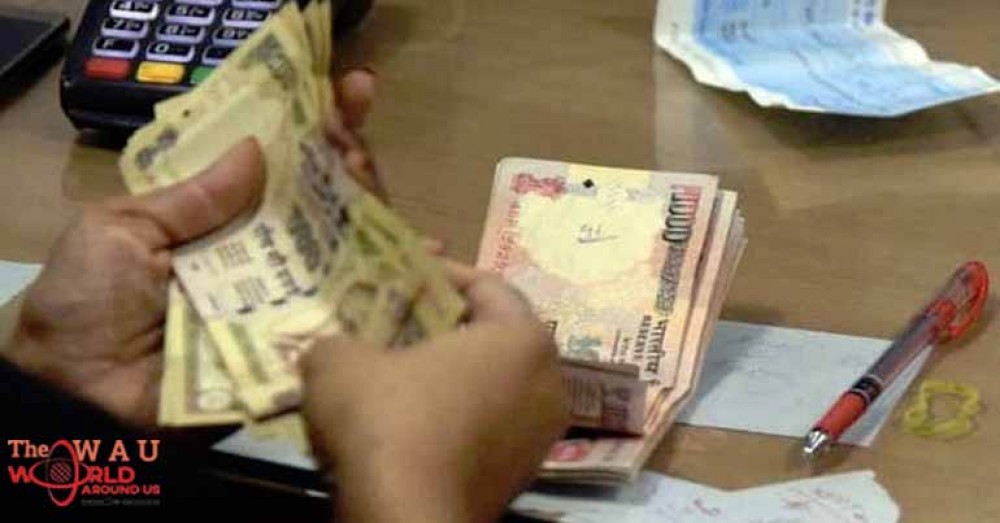Almost all Indian currency notes scrapped two years ago have been returned to the banking system, the country's central bank says, raising questions about the point of the controversial attempt to tackle illegal money.
India's economy suffered a sharp downturn after Prime Minister Narendra Modi stunned the country in November 2016 by withdrawing 86 per cent of banknotes from circulation in a move known as "demonetisation".
He said the decision to scrap all 1,000-rupee (US$14) and 500-rupee notes was necessary to clean up India's graft-ridden economy, suggesting that stashes of so-called black money would be unearthed.
The government said it would leave people hiding large sums of illegal cash with a difficult decision: either declare the money and face possible criminal action or do nothing, rendering it worthless.
However, late Wednesday the Reserve Bank of India announced in its annual report that 15.3 trillion rupees worth - or 99.3 per cent - of the devalued bills had been returned.
The RBI, which added that it had completed its assessment of demonetisation, gave no explanation for what that meant for the success of the policy.
But analysts and opposition politicians said it proved Indians were not hoarding unaccounted for or counterfeit notes at home.
They argue instead that illegal money is hidden through so-called "benami" transactions, where assets such as properties are registered in false or third-party names, which the cash ban did nothing to combat.
"The report shows that demonetisation has failed in its primary objective," Ashutosh Datar, a Mumbai-based economist, said.
Indians are heavily dependent on cash. Around 90 per cent of everyday transactions were being carried out in cash at the time of the ban.
Critics say demonetisation caused unnecessary suffering to millions of India's poor who operate outside of the formal economy while the IMF said this month that it had caused "an acute monetary shock".
India grew 7.5 per cent in the quarter preceding Modi's announcement but growth fell as low as 5.7 per cent in mid-2017 as it reeled from demonetisation and other economic reforms, including the introduction of a nationwide goods and services tax.
While 5.7 is an impressive rate by the standard of Western economies, commentators say Asia's third-largest economy - with its population of 1.25 billion - should be expanding at around eight percent.
India's economy has since bounced back and grew 7.7 per cent for the quarter from January to March this year, the highest rate since before the demonetisation.
Share This Post












